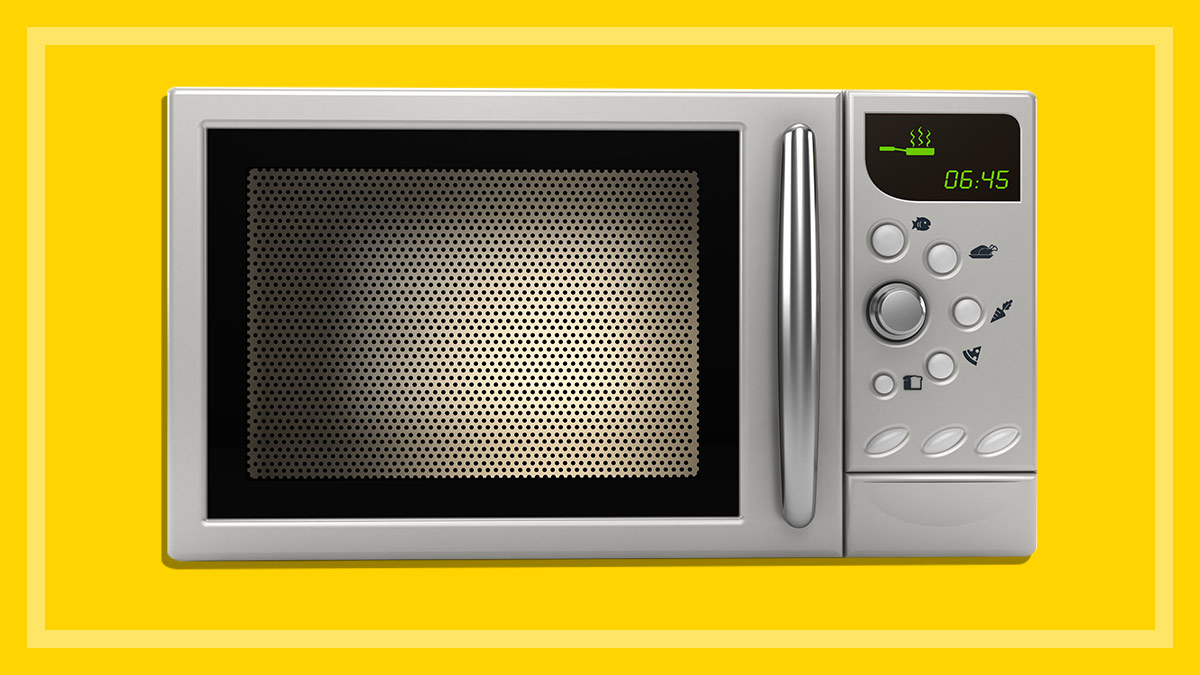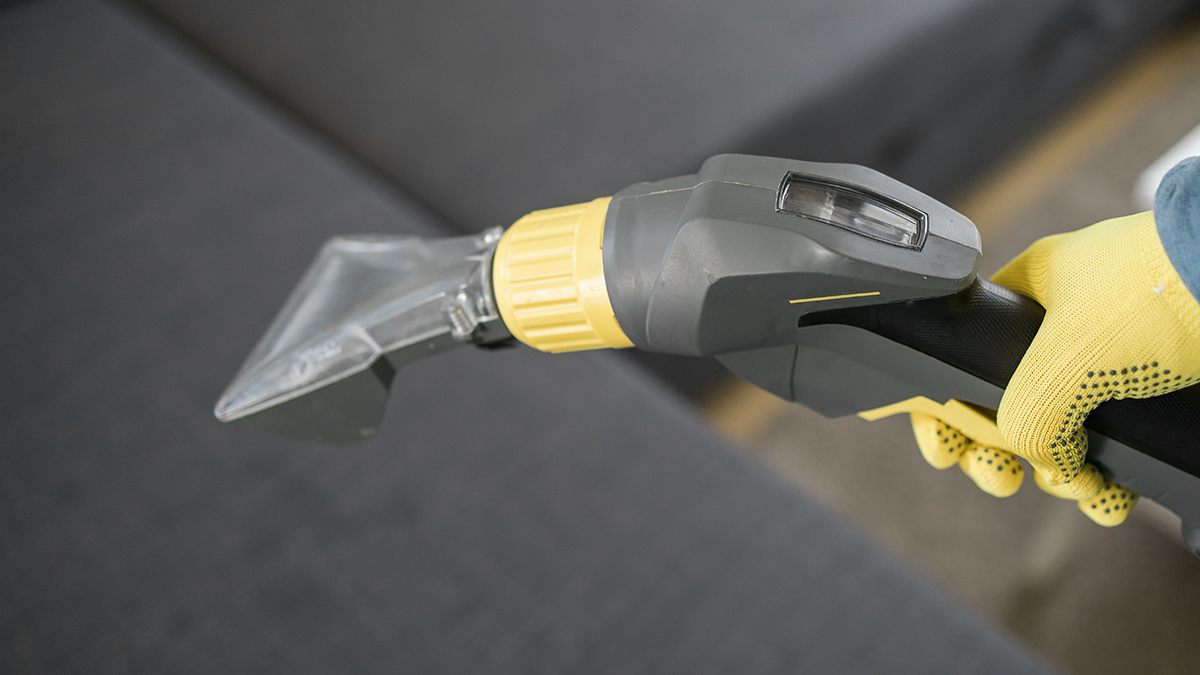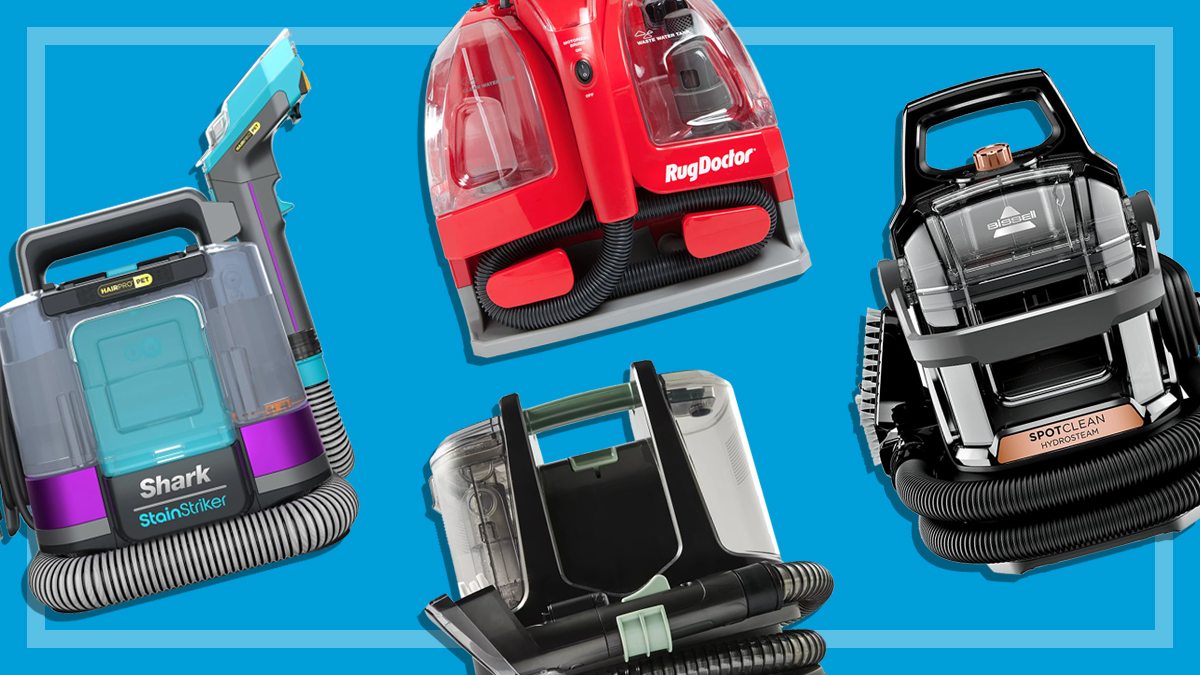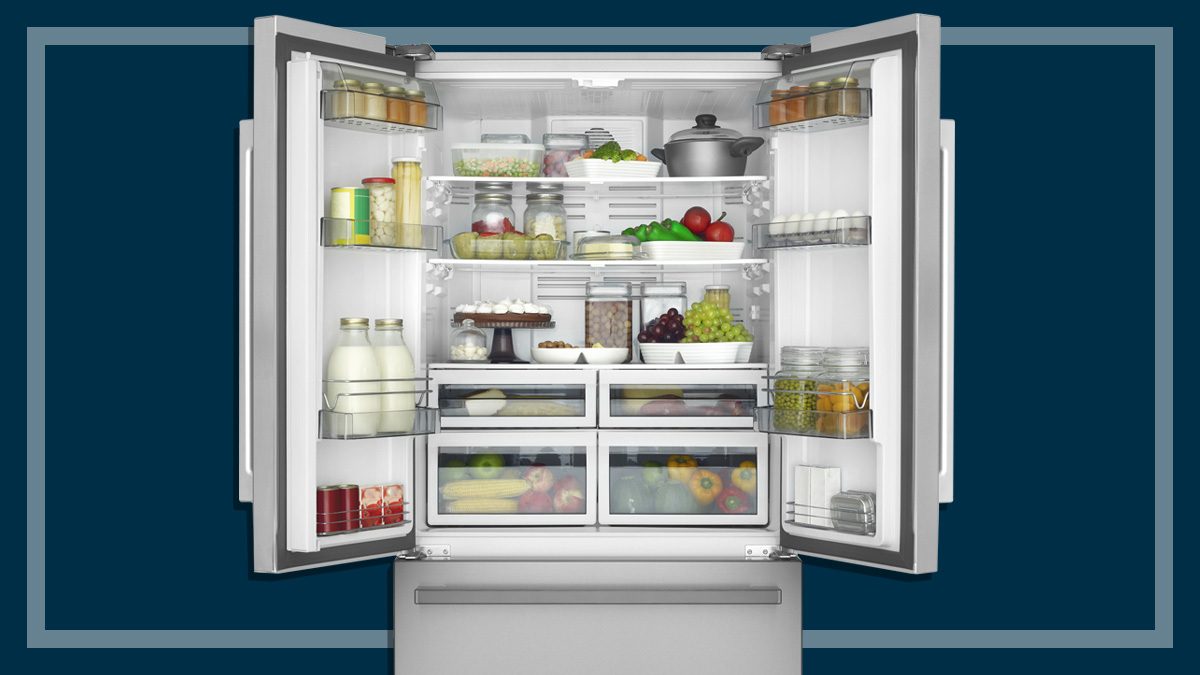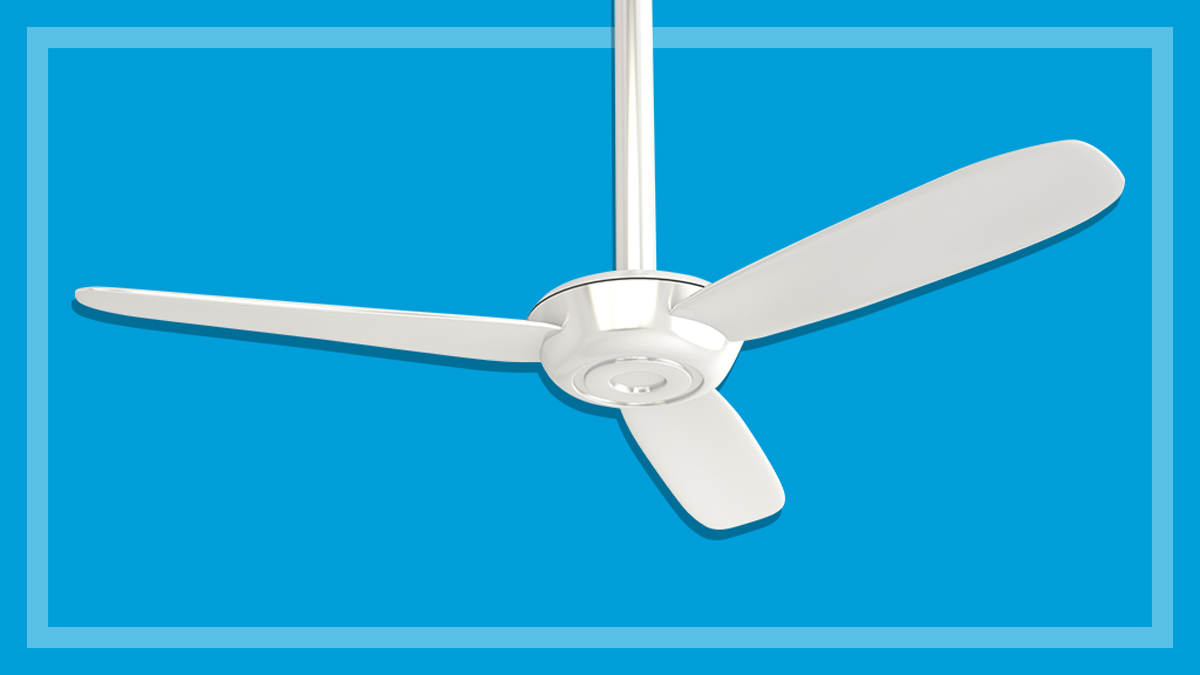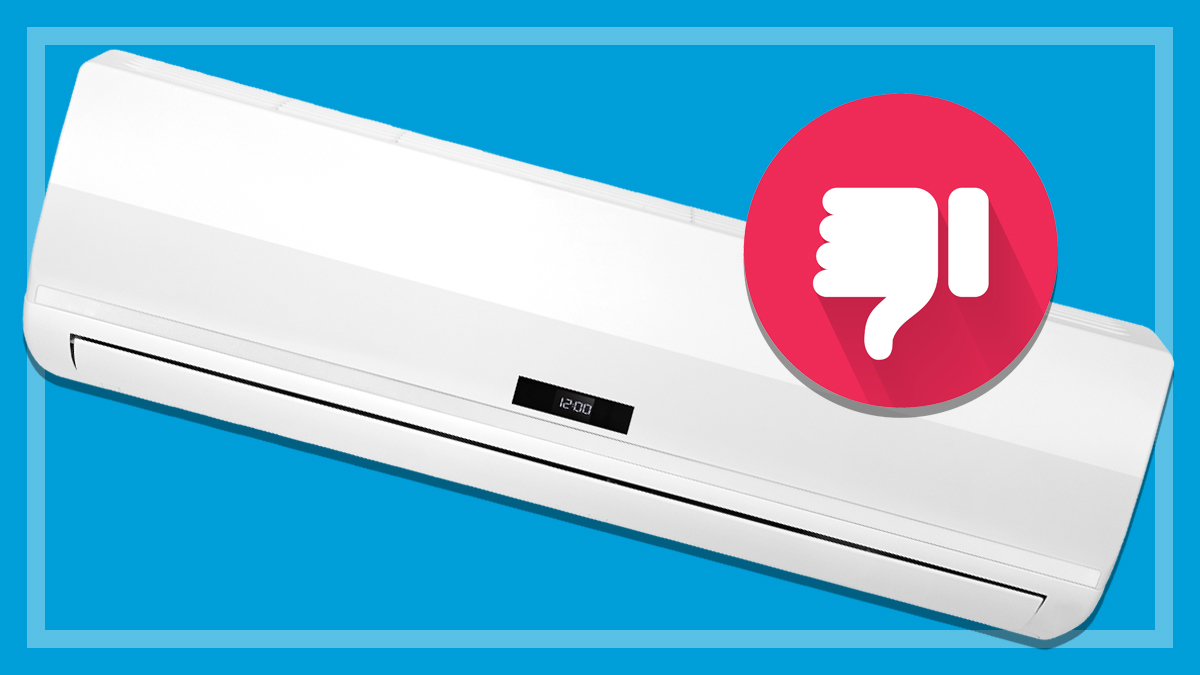Get our independent lab tests, expert reviews and honest advice.
Microwave mistakes to avoid making
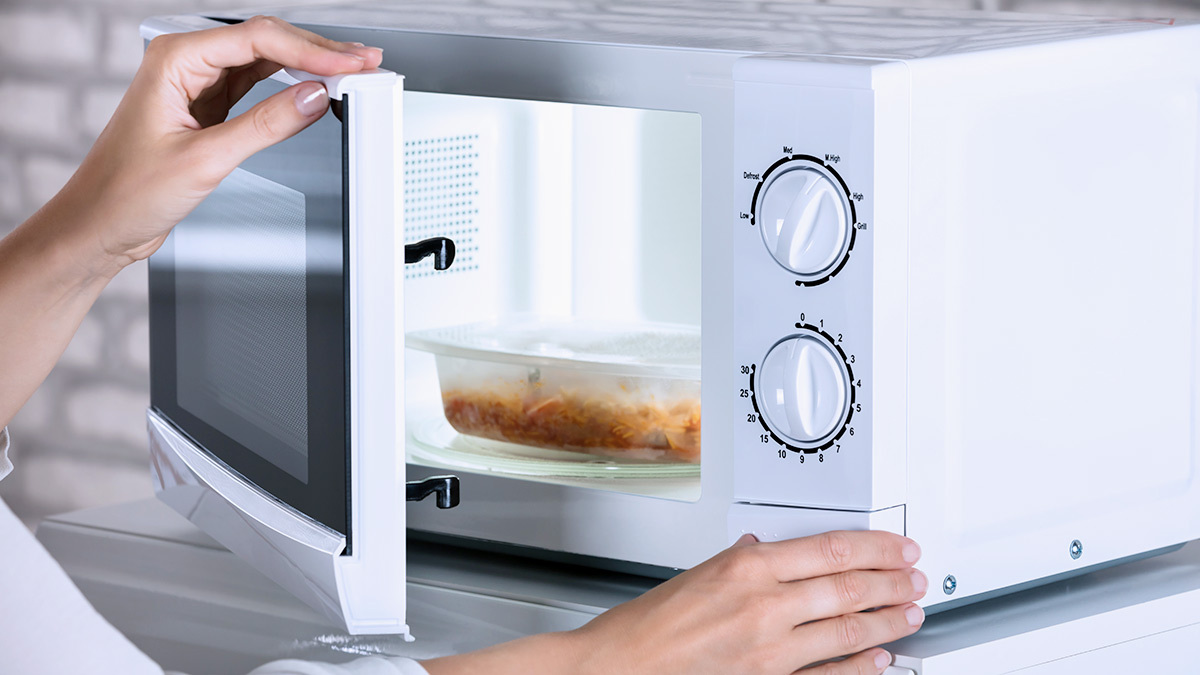
Hands up if your microwave is used almost exclusively for reheating leftovers and cups of tea that have gone cold. (Guilty as charged.)
On this page:
- 1. Not using it enough
- 2. Putting it in the wrong place
- 3. Not defrosting meat correctly
- 4. Using incorrect power settings
- 5. Not covering your food
- 6. Not cleaning it properly
- 7. Buying the wrong type of microwave
- 8. Putting hazardous packaging in the microwave
And hands up if you only ever use the one setting and just wing it in terms of timing. (Guilty again.)
Don’t worry – you’re not the only one.
But a microwave takes up an awful lot of space for an appliance that’s only used for one single task.
There are some common mistakes that could be stopping you from making your microwave earn its place on your kitchen bench, but if you change your nuking habits you can level up your microwave game.
Our experts put microwave etiquette under the microscope to help you fix any habits that could be hindering your microwaving.
1. Not using it enough
Many of us still use our microwaves to simply reheat last night’s takeaway or defrost meat for tonight’s dinner, but there’s so much more to this essential kitchen appliance.
Think parboiling potatoes, melting chocolate and butter for baking, cooking vegies to tender perfection, steaming fish, rescuing stale bread, making crispy bacon, toasting nuts, and more.
And with the right equipment, you can even cook a cheese toastie in your microwave.
Before you get busy in the kitchen, check out these microwave cooking tips and 10 easy microwave hacks, including how to cook perfect rice every time and how to make your own heat pack.
“The best advice I can give is to read your microwave’s instruction manual,” says Fiona. “You will be amazed at what it can do to save you time in the kitchen, so it’s time well spent.”
2. Putting it in the wrong place
Most modern kitchens have a dedicated spot for the microwave – hidden behind built-in cabinetry for example, or under a benchtop – and the best place for it will depend on how much you use it.
There are pros and cons to any placement: if it’s out on the bench you can get to it easily, but it’ll take up valuable bench space. And if it’s hidden in the pantry, it could be difficult to access and you may end up barely using it.
The best place for your microwave will depend on how much you use it
Wherever it sits, be mindful that it shouldn’t fit too snugly. Your microwave (whether standalone or built-in) will need about 10cm around the sides and 20cm at the top to allow for proper ventilation, otherwise it can overheat and malfunction. Convection microwaves need a little more space.
You should also make sure your microwave door closes correctly with a good seal to reduce the risk of leakage and to improve its performance.
3. Not defrosting meat correctly
Defrosting meat in the microwave makes life easier, but we often get it so wrong! There’s nothing worse than ending up with partially frozen, partially cooked meat.
Some microwaves have automatic defrost settings so the guesswork is taken away – you just enter the weight of the food and it will set the required defrost time for you.
Don’t ignore the mid-cycle beep
Some microwaves will also beep mid-cycle so you can check on the meat, and CHOICE expert Rebecca Ciaramidaro warns us not to ignore this: “It’s your signal to turn the meat over and remove any sections that are already thawed out before they cook.”
She also suggests you freeze meat in smaller quantities to make defrosting more efficient.
We know defrosting is something many people use their microwaves for, so our experts take this into account when giving each microwave we test a CHOICE Expert Rating.
We score each microwave on how well it defrosts meat and a whole chicken, so if this matters to you, check our reviews before you buy.
4. Using incorrect power settings
Do you just punch buttons on your microwave when cooking or reheating and hope for the best?
Using correct power settings for different foods will give you better results, Rebecca says. And if you don’t select a power setting, it will just default to ‘High’.
Using a lower power level when reheating foods may take longer but you’ll get a better result
CHOICE kitchen expert Fiona Mair
She warns against using the ’30-second button’ to quickly reheat food, as it will use the highest power setting and won’t heat all food types evenly. “It’s best to use a lower power level when reheating foods; it may take longer but you’ll get a better result.”
And, if you’re doing something such as softening butter or ice-cream, or proving dough, a low setting is all you need.
Find out about different microwave settings and which ones to use.
CHOICE tip: If you replace your microwave with a newer model, chances are you’ll need to reduce cooking times, so check the manual before throwing a roast on.
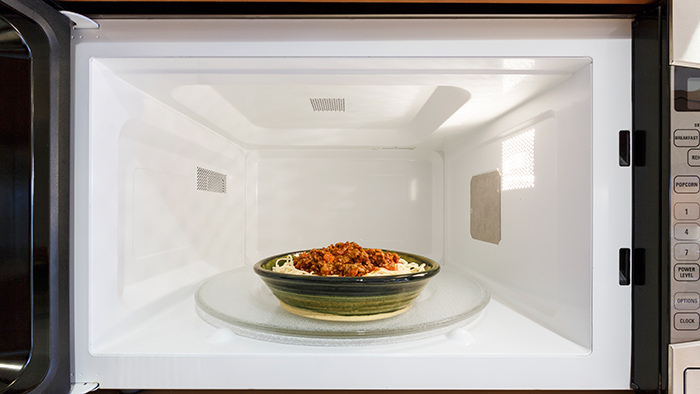
5. Not covering your food
Ever unwittingly put something in the microwave for a quick nuke only to find a food apocalypse at the end? It’s happened to us all at some point.
A simple fix for food explosions is to always cover your food with a lid, microwave-safe plastic wrap, or paper.
CHOICE kitchen expert Fiona Mair adds that placing a lid on your food can also better assist with cooking because it helps to hold moisture and even out heat distribution.
6. Not cleaning it properly
Are you guilty of leaving a spillage or splatter in your microwave, promising yourself you’ll clean it up later? It’s a big no-no.
“Leaving food splatters in your microwave will slow down the cooking time as it cooks the residue as well as the intended food,” says Fiona. (Not to mention that it just looks gross.)
So, clean up any spills ASAP by wiping up with warm soapy water.
Leaving food splatters in your microwave will slow down the cooking time as it cooks the residue as well as the intended food
CHOICE kitchen expert Fiona Mair
If there’s built-up grime and grease, Fiona suggests popping a few slices of lemon in a bowl of water and microwaving on high for three minutes.
Leave the door closed for five minutes to let the steam loosen the residue, then simply wipe the interior with a microfibre cloth.
7. Buying the wrong type of microwave
The good ol’ microwave has come a long way since its invention in the 1940s.
Many now come with a huge variety of features including ‘sensor cooking’, which automatically controls the cooking time, and presets that allow you to do everything from roast a whole chicken to cook perfect popcorn.
With so many brands and models on the market at different price points, it can be tricky choosing the right one for you. Our experts have reviewed more than 50 different conventional microwave models (plus more convection models) to help you make the right choice.
And there are a few budget options that outperform models that are much more expensive, so it’s a good idea to check our expert microwave reviews before you buy.
8. Putting hazardous packaging in the microwave
This is a common no-no.
Plastic packaging (such as the packaging your meat comes in) and Styrofoam takeaway containers should never be placed in the microwave as these materials can leak chemicals and contaminate your food.
And metal, aluminium foil and paper bags are hazardous as they can cause fire.
Check your storage containers are microwave safe (this is usually indicated on the bottom of the container), otherwise they can warp or melt and release chemicals into your food.
Fiona also warns that some microwave-safe containers are only suitable for reheating, not cooking or boiling.

